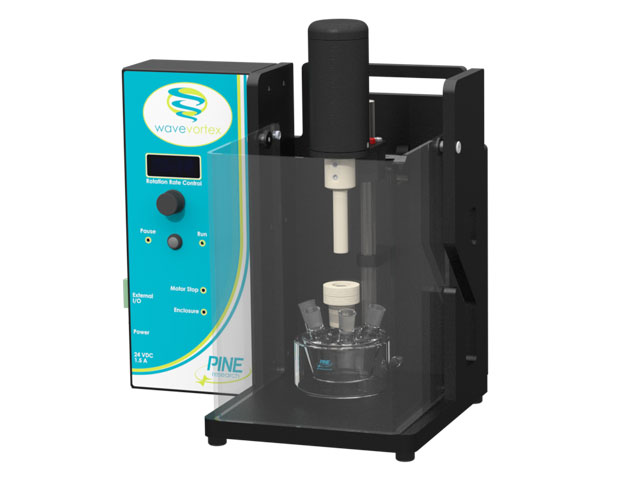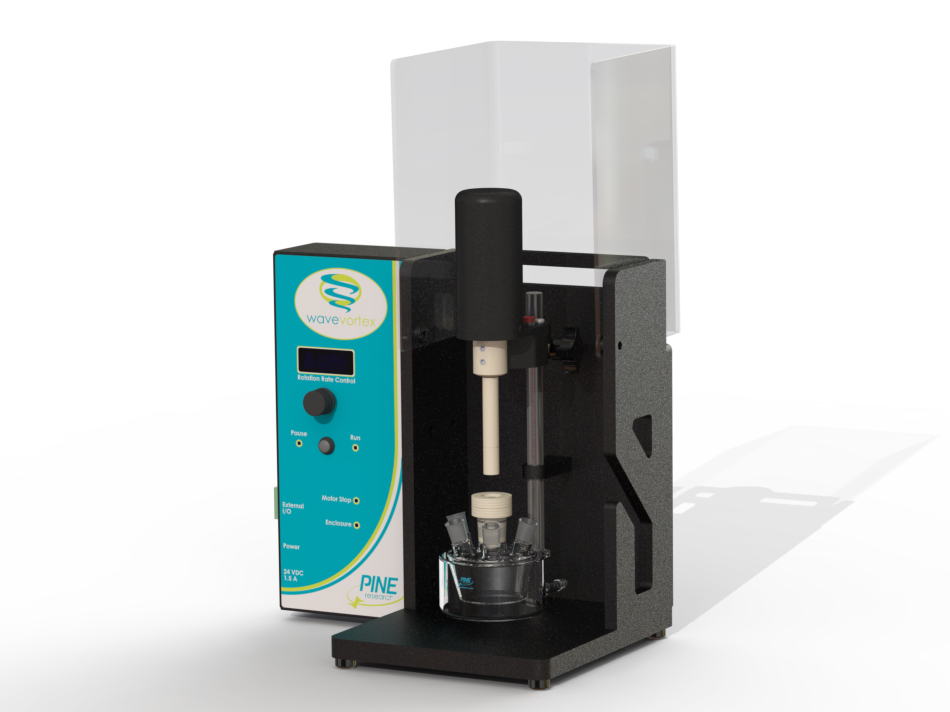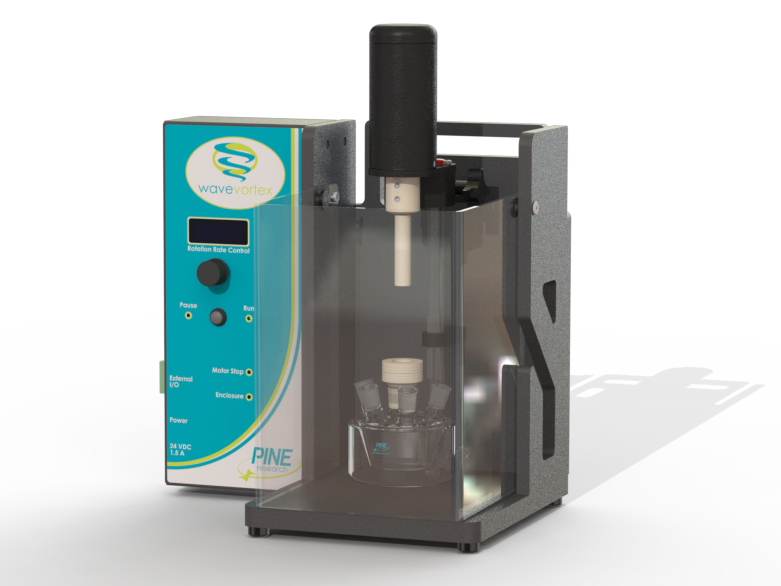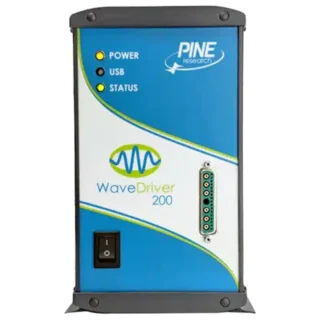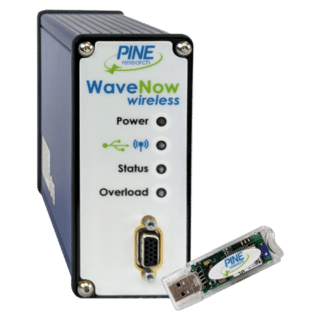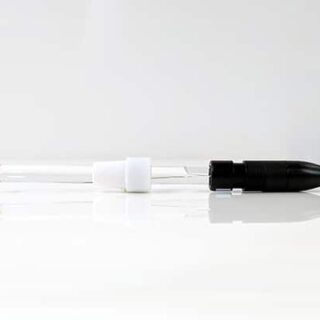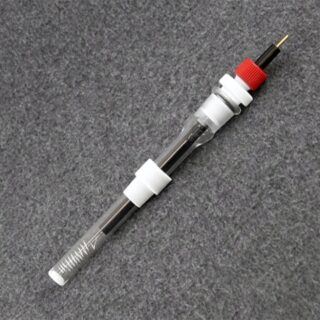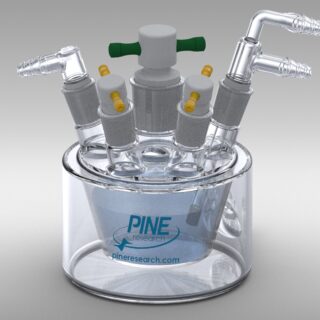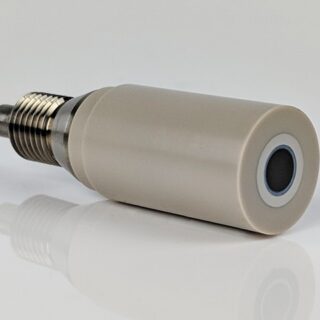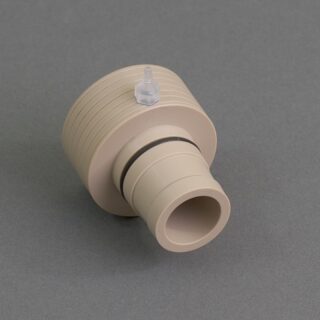WaveVortex 10 Electrode Rotator
The WaveVortex® 10 is a compact research-grade electrode rotator design from Pine Research. With a small footprint, the WaveVortex 10 is the ideal instrument for precision Rotating Disk Electrode (RDE) and Rotating Ring-Disk Electrode (RRDE) experiments in laboratories with space constraints or when working inside a glovebox. The WaveVortex 10 design combines the rotator, control unit, shaft, and enclosure in one convenient package. The WaveVortex 10 is compatible a wide variety of standard RDE and RRDE electrodes manufactured by Pine Research, along with many of our cells, glassware, and accessories. Unique features of this rotator include: small fooprint, includes RDE/RRDE shaft intended for permanent installation, updated control unit with start/stop/pause features, and an integrated enclosure and motor interlock.
Customers must be logged into their account to view prices. Not all regions provide pricing online. If you do not see prices, you can obtain them from the designated sales channel in your region.

